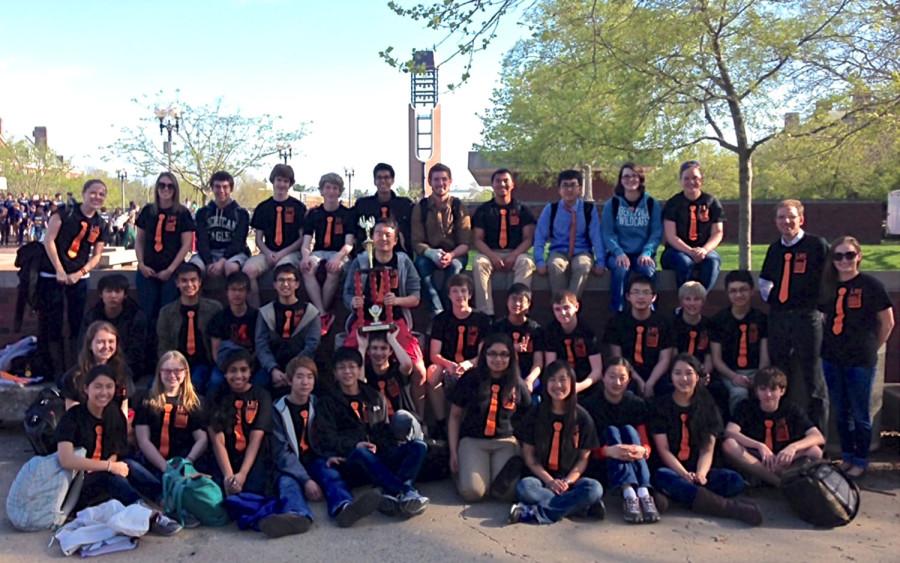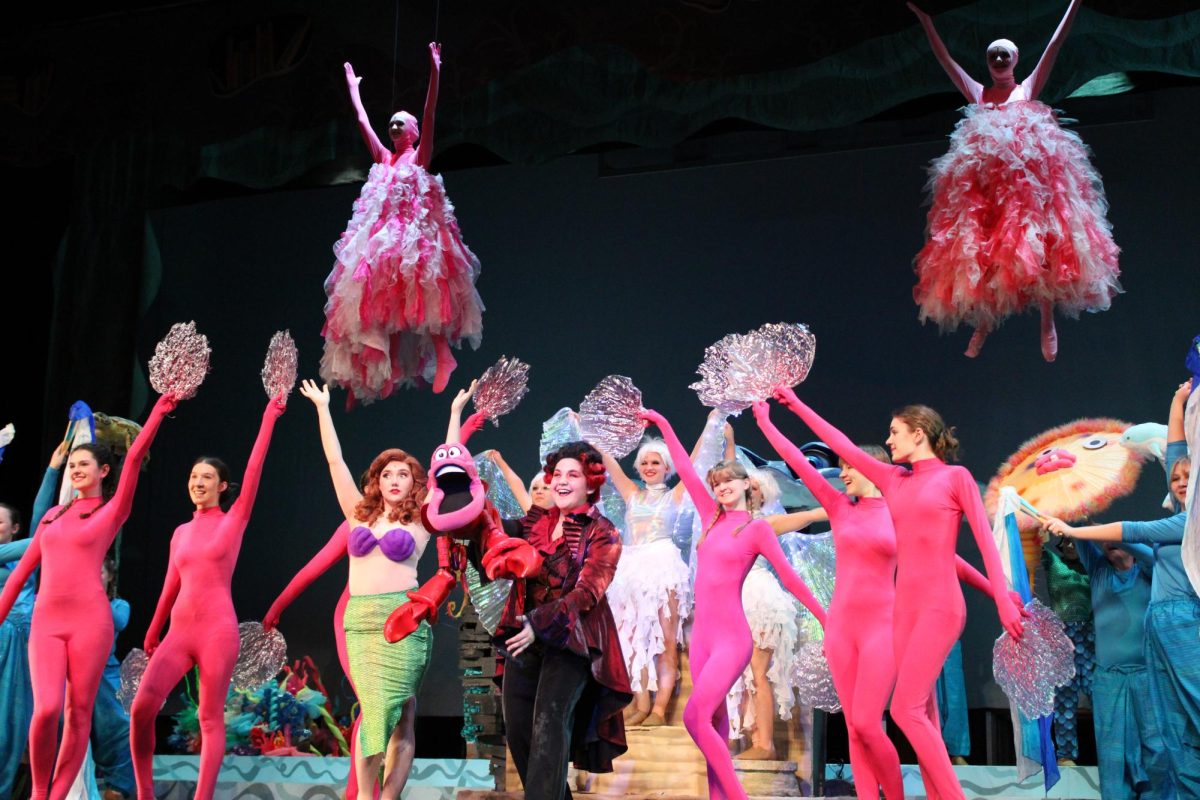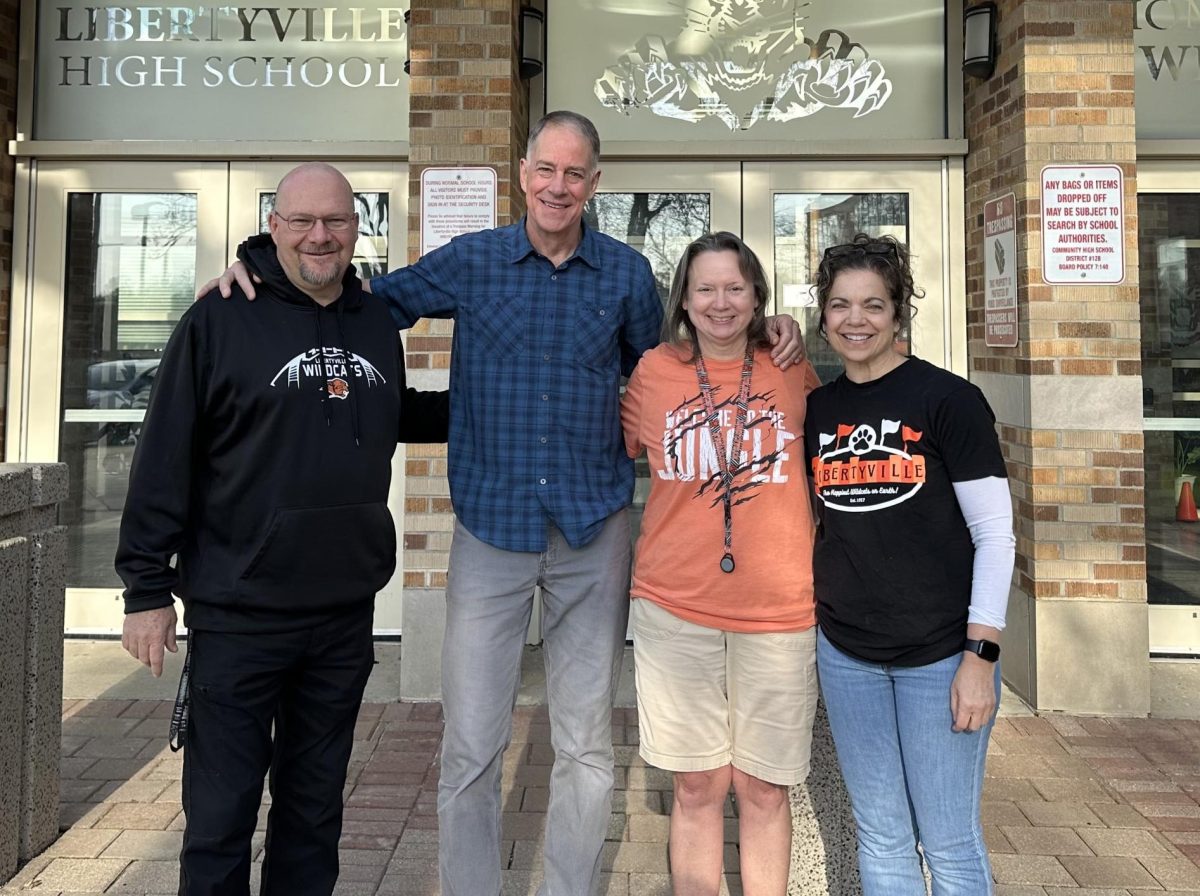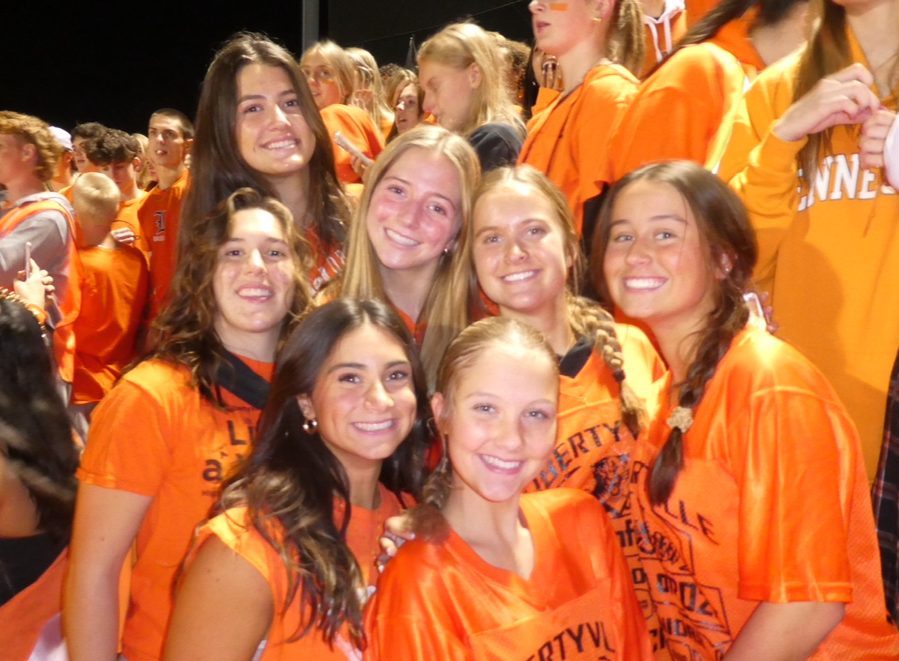Science Olympiad
It is a nationwide program that teaches kids from kindergarten to twelfth grade about the different platforms of science that is going on in the world. The teams compete in meets that they have previously prepared for. The program helps kids who are interested in science get a feel for how a science career will be like by incorporating important components that make up science careers today: teamwork, current topics in science, and how to be versatile.
Since Science Olympiad’s conception at Libertyville High School, it has been a well-known and successful team. In 2011, the year it was created, the team already placed first in Division A and placed 16th in state. And one short year later, the team moved up the ranks to place fifth in state. At this year’s competition, they got eighth at state
During the 2013 season, the team placed first at regionals, which qualified them to compete at state with the other 6 teams that placed in the top 7 at regionals.
Science Olympiad consists of 23 events that can include Astronomy, Forensics, Designer Genes, Disease Detectives, and GeoLogic Mapping, which are a few that were in this year’s events. There are a total of 23 events that are national events that take place at state and then there are four more state trial events. The 23 national events that are chosen are based on what is going on in the world of science, so some events tend to change every couple of years and they take place at regionals and state competitions. However, the trial events, which don’t usually count towards a team’s overall score, are tried because they have a big chance of becoming a national event in the following years.
In Science Olympiad, there are two main categories of events: building and testing events. The building events are where they are given a goal and requirements for it and then they test it at competitions. Like at state, there was an event called Scrambler, which was where a team had to build a machine to go as fast as possible, while holding an egg. The tricky part is that there are a specific set of rules that the team must follow and memorize, while building it under a time constraint.
The other category, testing events, are specific tests about subjects, such as anatomy and astronomy. These specific tests delve into more explicit information than taught in school, with a mixture of multiple choice and short answer questions.
To prepare for competitions, they meet once a week when their meets are (a couple weeks away) and once the competitions get closer, they meet with their team for their specific event to rehearse making their creation or to learn more about their specific subject.
“I think what makes our team so successful is how willing we are to work with each other because you usually have to work with others for the event, so it really benefits us,” junior Holly Miller, who has been on the team since her sophomore year, disclosed. “Also, the coaches are great by planning times for each team to come in and they let us use extra materials so we can practice building a device to be sure it meets the requirements.”
Junior Nic Bone, had a different outlook on the success of the team: “We are definitely in the top range of schools, mostly due to just the overall intelligence of the team…Regardless of how little funding or attention we get, the brilliance of the actual people involved definitely shines through.” Bone usually participates in knowledge events, like Rocks and Minerals and Geologic Mapping.
The coaches for Science Olympiad are Mrs. Allen and Mrs. Ahern. They don’t teach at LHS, but Mrs. Allen works with Highland Middle School’s Science Olympiad program as well.
Sometimes, during meets, machines don’t work the way they should and “when all else fails, you kind of have to just wing it and hope for the best,” Miller revealed.
She discussed about how during one event, their device didn’t produce any of the data they needed so they needed to fake it by guessing what it could be and they ended up winning the event.
“It’s crazy, but sometimes it works,” Miller continued.
Plus, Science Olympiad helps students delve into what they would like to do in college. Many students are intrigued by science, so by joining the team, they get to learn more specific topics and learn more than a normal science course teaches: “By studying epidemiology for the event called disease detectives, it’s really helped me reaffirm my decision to go into the medical field,” Miller further commented.
Bone agreed, saying that Science Olympiad has helped him realize all the specific categories within a certain science field, “[it’s] not just biology, but insects, for example…Now, I realize I still want to find a specific field to get into.”
They also have a tradition to meet up at a hotel meeting room, where they eat pizza and get last minute things together and soothe each other’s frazzled nerves for the competition the next day. Bone reminisced, “It really brings the team together as a team. Plus, we all get really stupid toys that high school aged kids shouldn’t enjoy, but we have a blast anyway.”
Math Team
It is a competitive team that contends at meets, where members take different tests on advanced mathematics against other schools in the region.
The math team, unsurprisingly, took first at the 3AA state meet in 2013 and second place in 2014. This comes as a no-brainer, as the team has placed high in regional competitions for many years.
During competitions, students have to race against the clock to decode problems. At regular meets, each grade has to take a specific test. Five kids from each grade are chosen to score for each test. From there, the top three from the group of five are the ones that actually place in the competition.
“The most important competition is the candy bar because the school that answers the most
questions in twenty minutes right gets a bag of candy,” junior Hannah Lampien, who has been on the team since her freshman year, joked.
Then, after five weeks between each regular meet and smaller meets that take place at LHS in between the regular meets, leads the team to regionals. And the competition increases as there are more teams at regionals and the format changes from what they do at regular season meets.
At those, there are writtens, which involve solving 20 questions in one hour. Also, there are two-person teams and eight-person teams that involve combining grades together to divide and conquer questions in pairs.
Finally, if a team wins regionals or gets a wildcard, the team advances to state at University of Illinois. And, once again, the format for the competition changes because relays are added, where four people sit in a row and have to give them the answer to the previous problem in order to solve the next problem.
“It’s really stressful because if one person’s answer is off, then the whole thing is messed up,” Lampien continued.
However, for LHS, getting to state by obtaining a wildcard after losing to Vernon Hills High School in regionals by one point, the team won second place at the 3AA competition at state this year on May 3, again losing to Vernon Hills High School. A wildcard is in place so a high scoring region doesn’t send all their good schools to state because the wildcard states that, in LHS’s case, got second in regionals overall in state, which qualified them to compete in state.
“Math team can be really fun,” junior Maya D’Souza reflected. “We have a kickball game at the end of every year against Scholastic Bowl, which is one of our only traditions.”
They have had a parade in the hallway last year and this year to celebrate their achievements.
Their success might come from the students’ attitudes: “We have a lot of smart kids on the team, which definitely leads to a successful team, but so many kids ask for extra homework and that determination is really what makes us successful.” Lampien explained. She also explained how the coaches, Mr. Brenner, Mrs. Loika, Mrs. Ligmanowski and Mrs. Rende, are always willing to help students learn equations they don’t understand or supply them with extra problems.
They have had a parade in the hallway last year and this year to celebrate their remarkable achievements
Their success might come from the students’ attitudes: “We have a lot of smart kids on the team, which definitely leads to a successful team, but so many kids ask for extra homework and that determination is really what makes us successful.” Lampien explained. She also explained how the coaches, Mr. Brenner, Mrs. Loika, Mrs. Ligmanowski and Mrs. Rende, are always willing to help students learn equations they don’t understand or supply them with extra problems.








